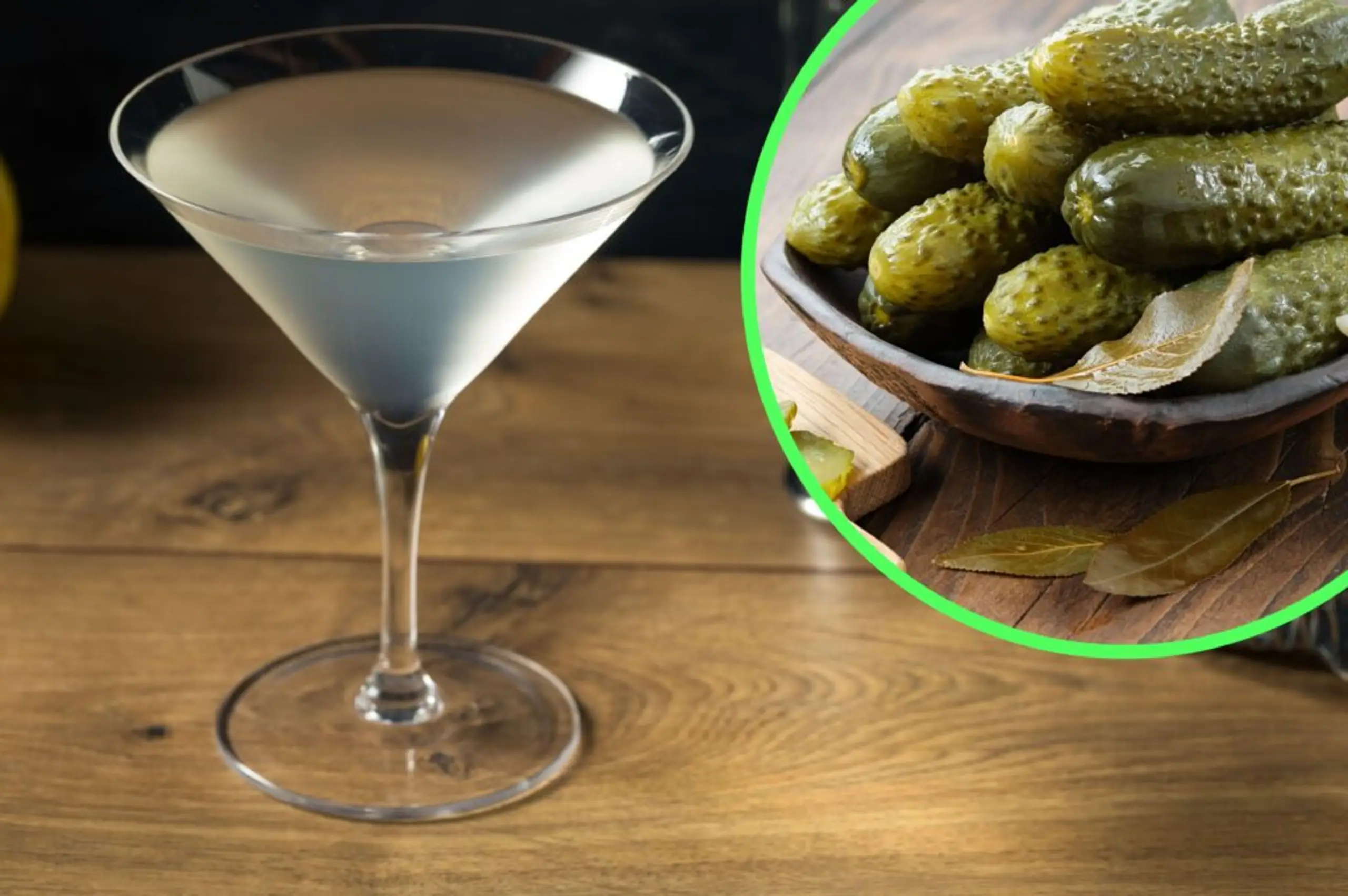Uncategorised
This is the horrifying, banned dish that’s regularly described as the most decadent on earth
28 Nov 2018
4m
According to Hannibal Lecter, “the ortolan bunting is considered a rare but debauched delicacy. A rite of passage, if you will … After my first ortolan, I was euphoric. A stimulating reminder of our power over life and death.” In his eponymous NBC show, the dish is presented as the world’s most decadent dish. The fact that it’s a favourite of one of fiction’s most legendary ne’er do wells should tell you everything you need to know about this iconic, insanely indulgent plate of food. Make no mistake, ortolan is unlike anything else on the menu.
Among northern European aristocracy, ortolan has held a special place of privilege for thousands of years. Monarchs ranging from Roman Emperors to French kings have included it as a fixture of royal tables, marking the birds as the supreme example of upper class eating. So exclusive was the food that it was traditionally only available for the very wealthy and the clergy. Who would have thought that it would be these two castes that would be the prime suspects in something so salacious?
Looking at the bird before it is prepared, you would get little indication that what you’re about to enjoy is one of the most sadistic morsels on earth. Ortolan are small, brown and finch-like, with a greenish-grey head and a body that looks like it belongs to a sparrow with ideas above its station. At only six or so inches in length, you could be forgiven for wondering what the fuss is all about. That all changes when it arrives in the kitchen.
Traditionally, Ortolan are caught in enormous nets, set to capture them during their annual migration from Southern Europe to the warmer climes of Africa. The trapped birds are then transported to cages, where they are kept in the dark for several days. The darkness prompts the creatures to gorge themselves on food, causing them to swell up to three times their natural size. Then, things take a sinister turn.
Once optimum size has been achieved, the befuddled, bloated birds are plunged into a cauldron of finest French Armagnac. This both drowns and marinades them at the same time. The dead, dripping game are then roasted whole for precisely eight minutes, before being plucked in preparation for service.
When the birds are presented at table, tradition dictates that guests observe some seriously culty dining practises. Each patron is invited to place a napkin over their head before being allowed to eat. There are two reasons for this. The first is to trap the alcoholic aromas wafting up from the unfortunate fowl currently sitting on your plate. The second, and perhaps most important, is to hide your face from God so that he cannot see the depravity that you are about to commit. The ortolan is then eaten whole; feet first; bones, guts and beak. Crunch.
The cooking might be gruesome, but the flavour is supposed to be something special. In 2002, the BBC’s infamously garrulous presenter Jeremy Clarkson was reduced to garbling, “It’s really good. It’s fantastic. Fantastic,” to a horrified television crew. The late great Anthony Bourdain rapturously reported that, “With every bite, as the thin bones and layers of fat, meat, skin, and organs compact in on themselves, there are sublime dribbles of varied and wondrous ancient flavors: figs, Armagnac, dark flesh slightly infused with the salty taste of my own blood as my mouth is pricked by the sharp bones.” It might be horrible, but to some it’s obviously worth it.

Despite, or perhaps because of its deliciously sinister reputation, ortolan has now been banned around the world. Though critics often cite cruelty to the animals, which they are undoubtedly justified in doing, the situation was in fact far worse until a few hundred years ago. Sources state that, in order to get the birds to eat faster, chefs used to deliberately blind them as they arrived in the kitchen – leaving them in permanent darkness and determined to eat excessively for as long as they could. This grisly detail enhanced the recipe’s macabre reputation still further.
Despite the horrifying happenings taking place in every royal French kitchen, ortolan remained largely on the periphery of pop-culture for most of its history. But that all changed in the 20th century. The explosion of the restaurant industry soon had every Tom, Dick and Harry desperate to taste what had previously been the exclusive reserve of the upper class. Ortolan hunting became big business, with some estimates suggesting that around 50,000 birds were being killed every year to feed the food business. Inevitably, populations began to shrink.
The increasing rarity of the ortolan, coupled with its unusual method of execution, prompted lawmakers to take action. In 2007, France finally agreed to enforce an EU directive designed to protect the now rare bird from the clutches of sadistic chefs, and banned the killing and cooking of ortolans. That being said, there are still those who believe that the birds should be able to be prepared, if only for special occasions. Big name advocates include celebrity chef Alain Ducasse, who has long believed that they should be back on the menu.
There’s no doubt that the sinful, transgressive idea of ortolan has helped to make it much more than a food. Going through the rigmarole of hiding from God under a small sheet is obviously not something most of us are willing to do for other classically decadent meals. Even if you’re deeply disturbed and shocked by the idea of drowning a bird in alcohol before engulfing it whole, there’s no denying that there isn’t a tiny piece of you that wants to know what the burst of blood and bones might taste like. Shame on you. You’re all disgusting. I’ll see you under the sheet.



